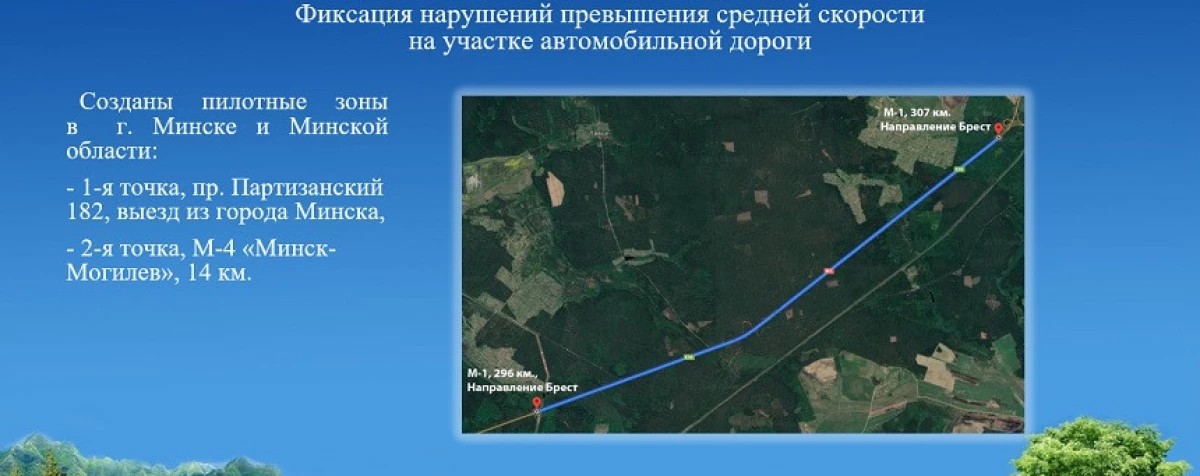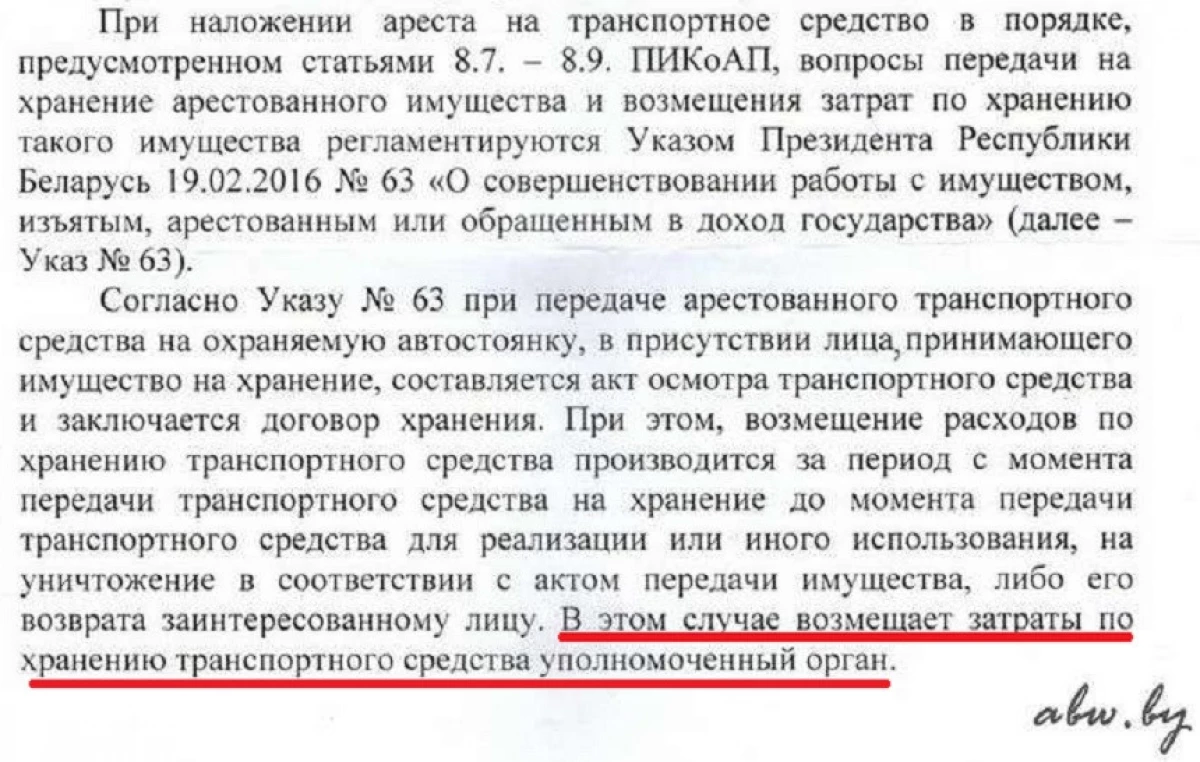If the new administrative code in the media was discussed quite often, the procedural code against drivers of such close attention was deprived. And in vain, because there is something to talk about, considering that it comes into effect on March 1, 2021.

Inspectors and trust
If the inspector revealed a violation in the form of the so-called "administrative misconduct", then the driver will decide on the prevention (Part 1 of Article 10.5 of Picoap). Noble and in the spirit of the announced liberalization of legislation, but, of course, there are reservations, writes a bus.Article 2.2 Part 2 Code
Administrative offensions include administrative offenses, for which the imposition of an administrative penalty in the form of a fine in the amount not exceeding for an individual - ten basic quantities ...
For this, two conditions must be met: the driver recognized the violation and agreed with the prevention, and he also did not attract responsibility for one year (Part 1 of Article 8.3 of the Administrative Code).
And if the traffic police inspector does not have any opportunity to find out the fact of the presence or absence of similar violations until the driver stops? In this case, as follows from Part 3 of Article 10.5 Picoap, "the fact of the presence of such grounds (for exemption from responsibility. - approx. Ed.) Is established on the basis of information reported by the person who committed an administrative offense."
In essence, the inspector must believe the word, but if after it turns out that the driver sewn, the warning decree is canceled, the administrative process is carried out in the usual basis. Count on the condescension of the traffic police inspector after that, probably not worth it.
"Letters of happiness" with clarification
As you know, the decision to impose a penalty for violations recorded by photo scatter cameras should contain an image of a vehicle at the time of the offenses.
The new picoap interprets this moment somewhat differently. The decision must contain "a vehicle an image at the time of the offense or a vehicle image confirming the fact of the offense" (p.5 part 4 of Article 10.4 Picoap). We believe that the clarification "... either the image of a vehicle confirming the fact of the offense" is associated with the future introduction of fines based on the average speed of movement on a specific section of the road.
Note to Article 18.12 Administrative Code:
Exceeding the velocity velocity can be installed on the basis of the average velocity velocity at a specific area.
The average rate is determined by dividing the distance traveled during the time spent by this vehicle to overcome this site.
Therefore, in the ruling (if the average speed is calculated) there will be an image of a car made by any of the chambers (at the beginning of the control zone or at the end) only to confirm the fact of finding a car in this zone of high speed control.
At the time of the car entering the record zone by cameras and at the time of exiting this chamber area may not fix the speed impairment at all, since the driver was driving at this particular moment according to the rules. But if you split the distance between these cameras during the passage of this section by the car, we obtain an average speed that can exceed the value allowed on this section. Elementary mathematics.

Was open - became closed
We are accustomed to saying that the proceedings in the administrative process is open, that is, anyone may be present when considering the administrative protocol in the police or court. The exception was used only when a state secret was used in the case file or information concerned the intimate parties to the lives of participants in the process.However, now "when this requires the interests of ensuring the safety of the participants of the administrative process, their close relatives, the case may be considered in the closed format (Article 2.14 of Picoap).
Guilty have not yet been recognized, but a driver's license
The administrative process was previously provided for including detention, personal searches, property arrest, forced to deploy the vehicle and so on.
In the new picoap, two new measures were added - a temporary restriction on the departure of Belarus and a temporary restriction on the right to control the vehicle (clause 10-11 of Article 8.1 of Picoap).
These measures can only be applied by the court when considering the administrative affairs against the order of management. These include non-fulfillment of a written requirement (for example, about the passage), the disobedience of the demand of an official, its insult, illegal actions against state symbols, as well as such a "popular" expiratory article as a violation of the order of organization or mass events, and Other. It may be used to use such measures, for example, before paying a fine.
Arrested a car - you do not need to pay for storage
This innovation from the category "Finally". The edition of the auto-business team told many stories when the inspectors were arrested cars and placed them on a stradition, for which they were then obliged to pay the owners of the cars. Then we were answered that the storage of such cars was made free of charge, but in practice, everything happened otherwise: the bills were exhibited, including through the court, which was charged with money from the owners of the machines.

Now in paragraph 11 of Article 8.7 Picoap "The overlay of arrest on property" it is indicated that "the storage of property under which the arrest is imposed is carried out at no cost". So owners of parking lots can discard their instructions aside - now everything is spelled out in law. The point in the dispute is delivered.
Accelerated Order and Short Protocol
In the new Picoap introduced the concept of an accelerated process (Article 10.1), in which the protocol on violation is not compiled. Such an order is provided in cases:- identifying violations established at the court hearing
- confessions of guilt
- fixation of offenses in automatic mode,
- Liberation from administrative responsibility for committing an administrative misconduct with a warning.
For example, if at the court hearing the present or participant of the process will make something "not so", which is qualified as an offense, it is simply made a record of this in a brief protocol, the minutes of the court session and is made a decree on the imposition of administrative recovery (Article 10.2 of Picoap) .
"Rights" were deprived - and this is not hidden
According to the old Picoap, the decision on the deprivation of "rights" is executed by the seizure of the certificate. But if after making such a ruling, the driver "rights" did not pass, then the term of deprivation is calculated from the moment of actually withdrawal of this document (Article 17.2 and Article 17.5 of Picoap).
In practice, there were cases when "Lyshetyman" practically rejected the entire period with a certificate in his pocket, and then he was stopped by the traffic police inspector, the driver's license was carried out - and the deprivation period began to be calculated only from the moment of seizure of this document.
According to the new Picoap (Article 19.2), the decree is executed not with the removal of the certificate, but by an affixation of the mark in the GAI database. The deprivation period is calculated from the moment of the entry into force of such a decision into legal force (Part 1 of Article 19.6 of Picoap).
